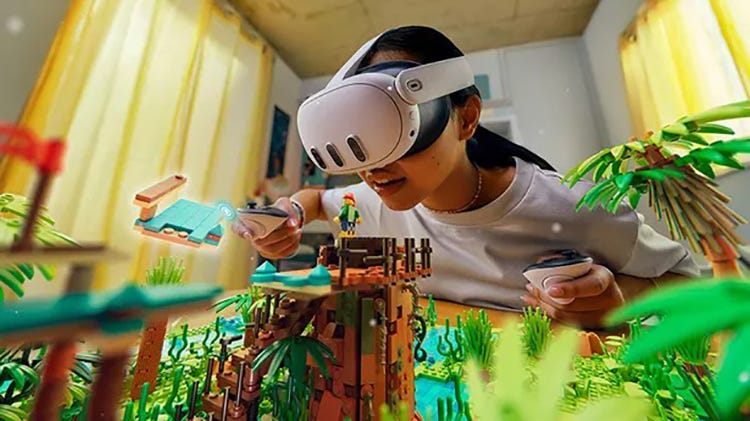
There was a point, somewhere in the years after the commercial release of the Oculus Rift in 2016 launched excitement around virtual reality into the stratosphere, when it became clear that this was not going to be the Next Big Thing that many of its proponents had hoped for.
VR was exciting on many levels; the technology pioneered by Oculus' headset was advancing rapidly, and already allowing many of the science fiction dreams of VR immersion to become a reality. However, consumers were slow to come on board. Headset sales were relatively slow, even as more consumer-friendly devices like the Meta Quest and PlayStation VR arrived, and even those who bought a headset seemed to be spending relatively few hours with the devices. Virtual reality was building up into a solid and very interesting niche but seemed destined to remain confined to that niche – and so the talk of evangelists in this area shifted to AR, the next step beyond VR which, they claimed, would be vastly more useful, more appealing to consumers, and ultimately a much, much bigger market.
Augmented reality, or mixed reality – the terms are largely interchangeable – uses a headset to add virtual elements to the real world around you, and effective implementation of that idea has become something of a holy grail for technology firms. For all the interest in this category, nobody has actually brought a fully-functional AR headset to market yet. Microsoft's HoloLens was an impressive early effort, but never resulted in a consumer product; Magic Leap made enormous promises and collected vast amounts of investment, but has pivoted to providing enterprise devices with rather less hyperbolic claims attached to them.
